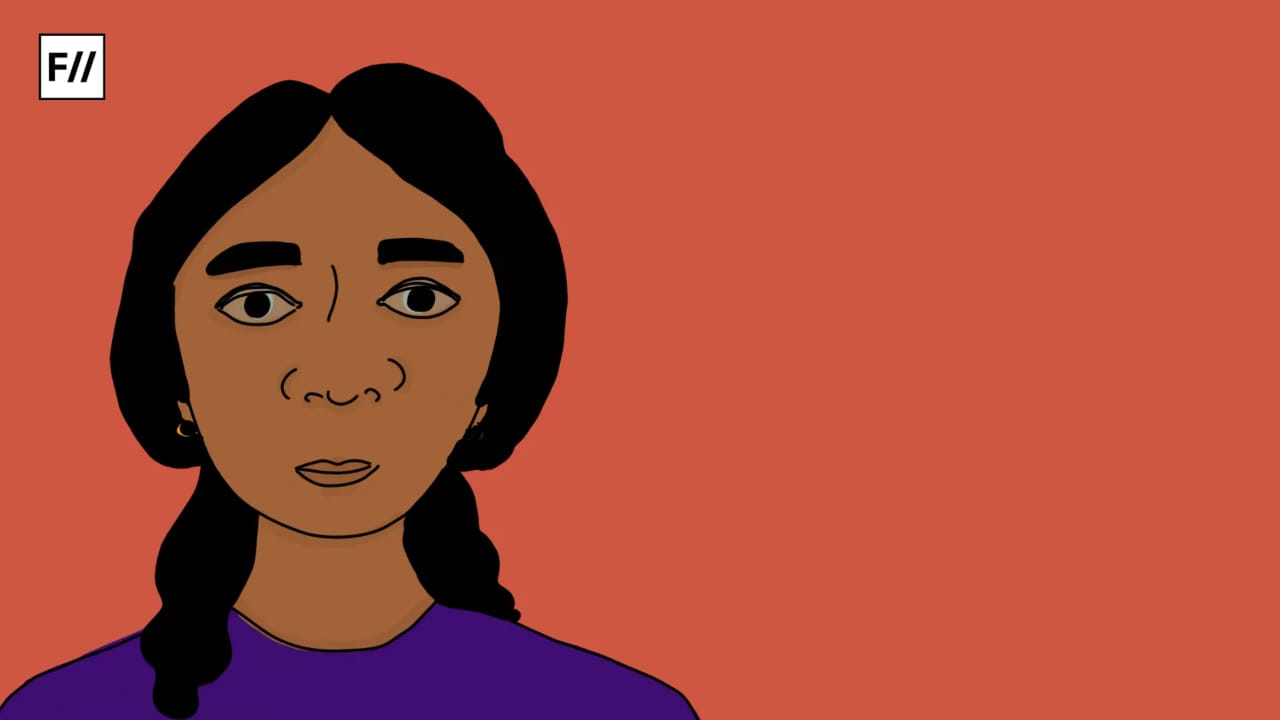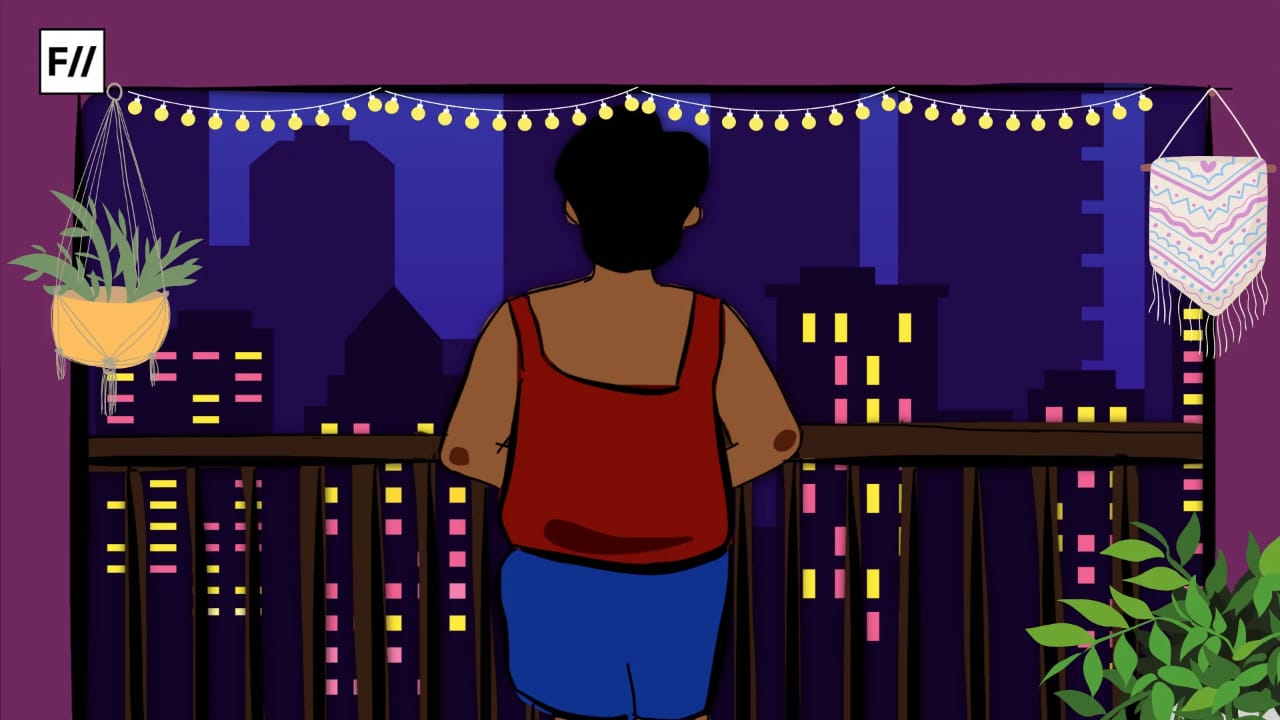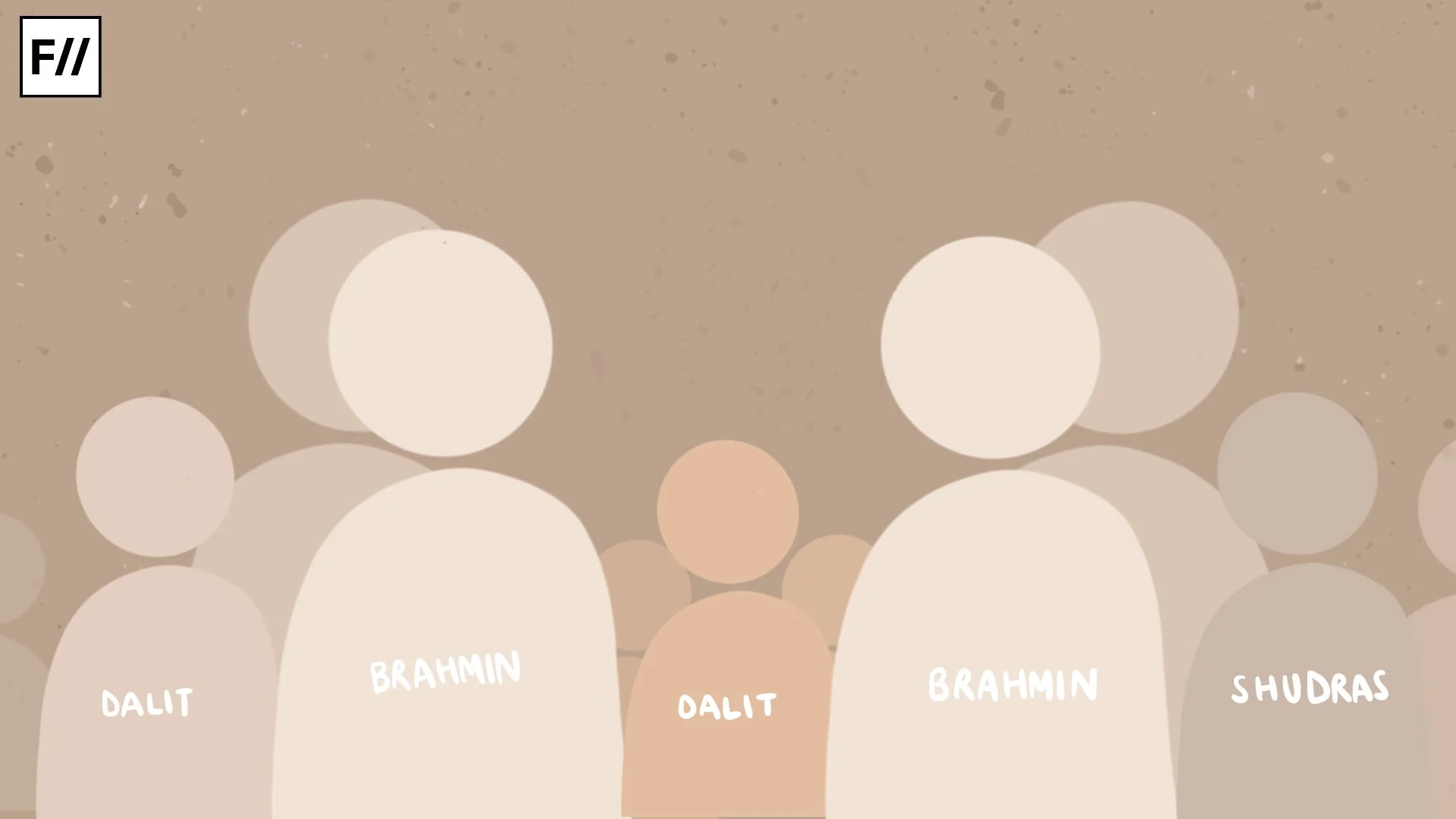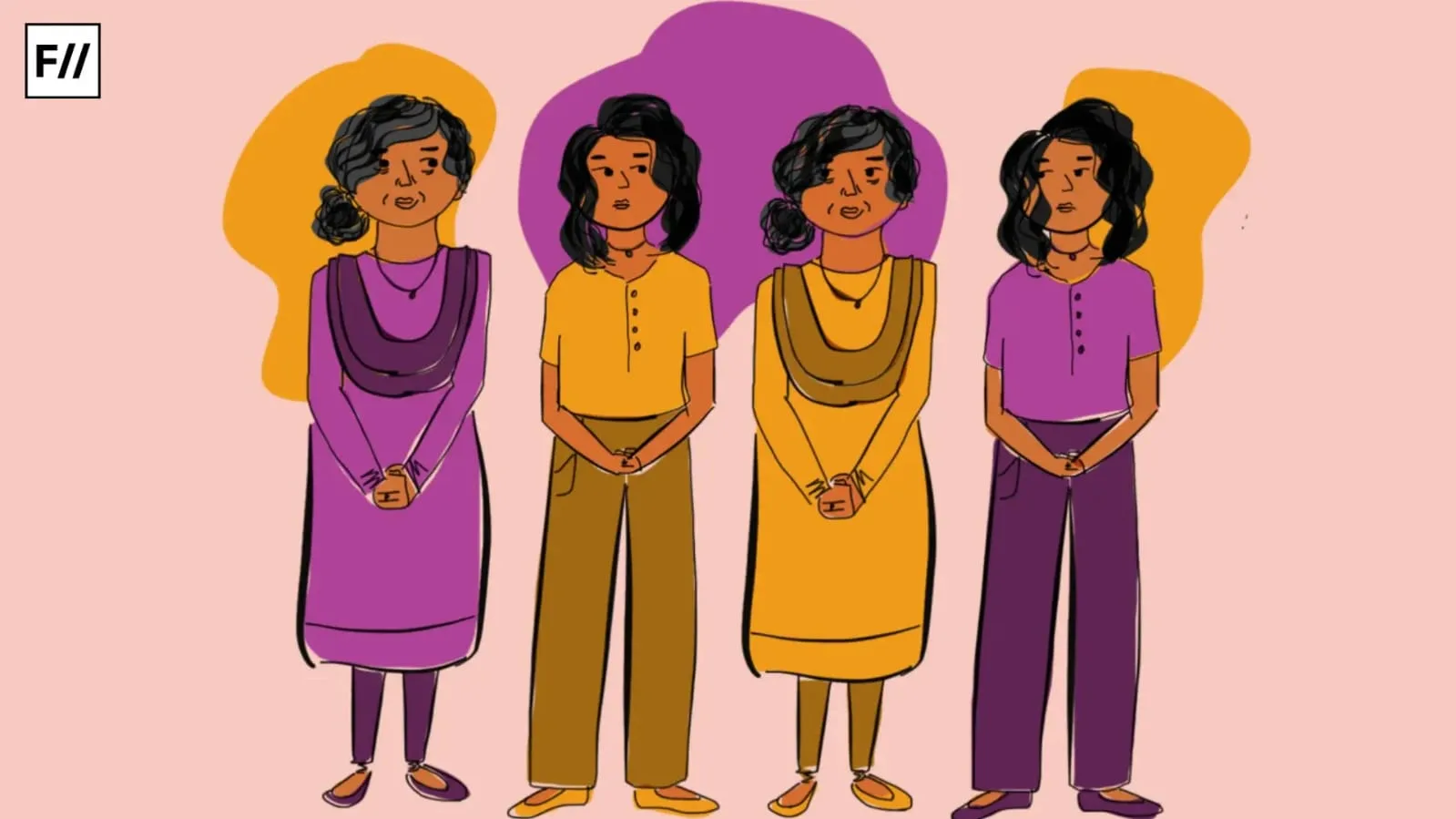In the minds of India’s public, regional differences are often diminished into simple stereotypes. Southern India is perceived as socially progressive, abound in literacy and welfare-oriented policies in stark contrast to Northern India, which is crippled by prominent and recurring caste-based violence. The reality, however, journals a different situation; caste hierarchies and violence are very much alive and palpable all across the south as well. Recent events that broke headlines, such as the suicide of a Dalit IPS officer who alleged workplace harassment due to his caste, and the shoe thrown at Chief Justice B. R. Gavai, who comes from a Dalit family reveal a pattern of bias in public perception of caste-based disparagement finding a home only in the north.
These incidents are salient indicators of caste realities in present-day Indian society, however, it is noteworthy that violations of the same vein when they happen in southern India go unnoticed and unspoken, further infesting a social rot not even as little as noticed in the public eye, such as the cases of caste clashes in Pudukkottai due to attempts of temple entry by Dalits, leading to multiple injured and houses set on fire, or the brutal abduction and assault of a Dalit youth in Tirupati.
Caste, society and the State
A strong state capacity, higher rate of education and economic development have yielded a transformation in the southern states. However, modernisation has not varnished over social hierarchies and only remoulded them. Recent reports from the southern states shed light on enduring patterns of social control, from denial of land and housing rights for Dalit families to instances of temple exclusion and violent suppression of lower caste’s demands for rights.
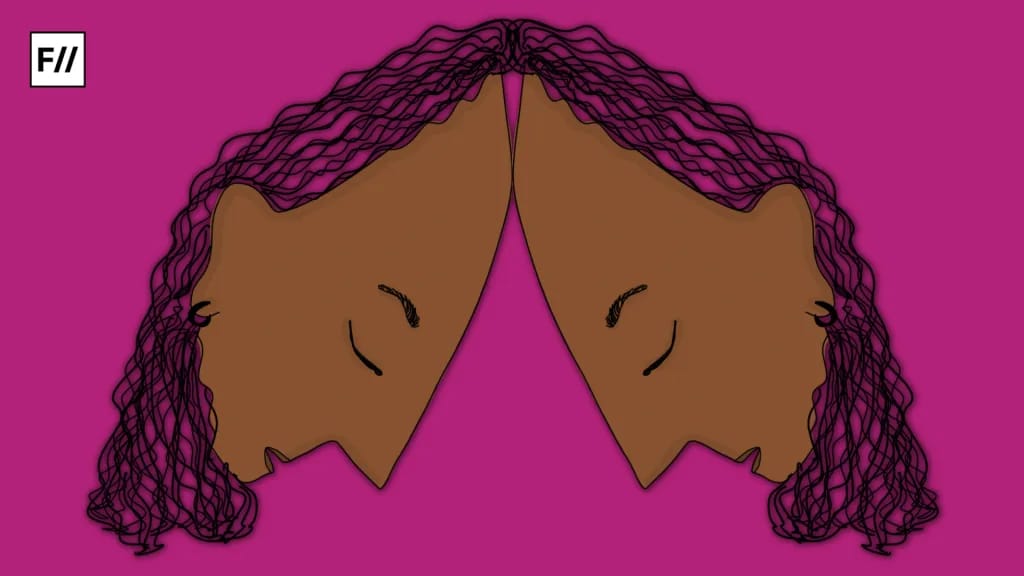
A mirage of equality only shields prejudice, giving a lifeline to discrimination behind a facade of civility. In 2023, the Indian Express published an editorial titled “Kerala must confront evil of untouchability.” It entailed the experience of K Radhakrishnan, then SC-ST welfare minister of Kerala who was refused to be handed a lamp at a temple by an upper-caste priest. The priest, in an act of untouchability, had placed the lamp on the floor. While commenting on the incident, Indian Express opined ‘untouchability is legally barred, but socially practised around the country….the minister’s experience shows that casteism had just been swept under the carpet in Kerala, not wiped out.’
Although this case was high-profile enough to be brought to public limelight and accentuated the challenge of caste-based discrimination on this instance, the predominant share of such accounts are often swept under the rug before reaching any widespread societal scrutiny or outrage. Attacks on Dalit homes and clashes over temple entrance were reported from Pudukkottai and Mayiladuthurai in Tamil Nadu in May and June of 2025, while editorials in newspapers and courts in Kerala found themselves witnessing incessant complaints of discrimination and untouchability in a state renowned for its progressiveness. In Karnataka and Andhra Pradesh, local NGOs and civil society trackers also recorded constant incidents of arson, assault and humiliation.
Attacks on Dalit homes and clashes over temple entrance were reported from Pudukkottai and Mayiladuthurai in Tamil Nadu in May and June of 2025, while editorials in newspapers and courts in Kerala found themselves witnessing incessant complaints of discrimination and untouchability in a state renowned for its progressiveness.
These realities delineate an undeniable truth: indicators of economic and educational progress do not infer, in themselves, the dismantling of caste hierarchies and hegemonies.
Intersection of caste and gender
Dalit women in India have to confront a duality of social constraints: exclusion and violence stemming from both caste and gender. Dalit women’s collectives and civil societies have documented patterns of workplace harassment, social boycott, sexual abuse and denial of basic services that are shaped by localised hierarchies. NGOs like the All India Dalit Mahila Adhikar Manch continue to document unceasing accounts of Dalit women’s collectives being victims of sexual assault or humiliation and complaints being stalled or discreetly settled without public accountability.
Local reports from regions of Kerala and neighbouring states in the south indicate the ground-level functioning of such dynamics. In Kerala, recently reported cases of workplace sexual harassment and caste-based humiliation revealed police insensitivity and misconduct by local investigations when Dalit women sought redressal. Meanwhile, Tamil Nadu saw the case of an 18-year-old Dalit domestic worker who came forward with allegations of abuse, assault, and torture at the hands of a local MLA’s son.
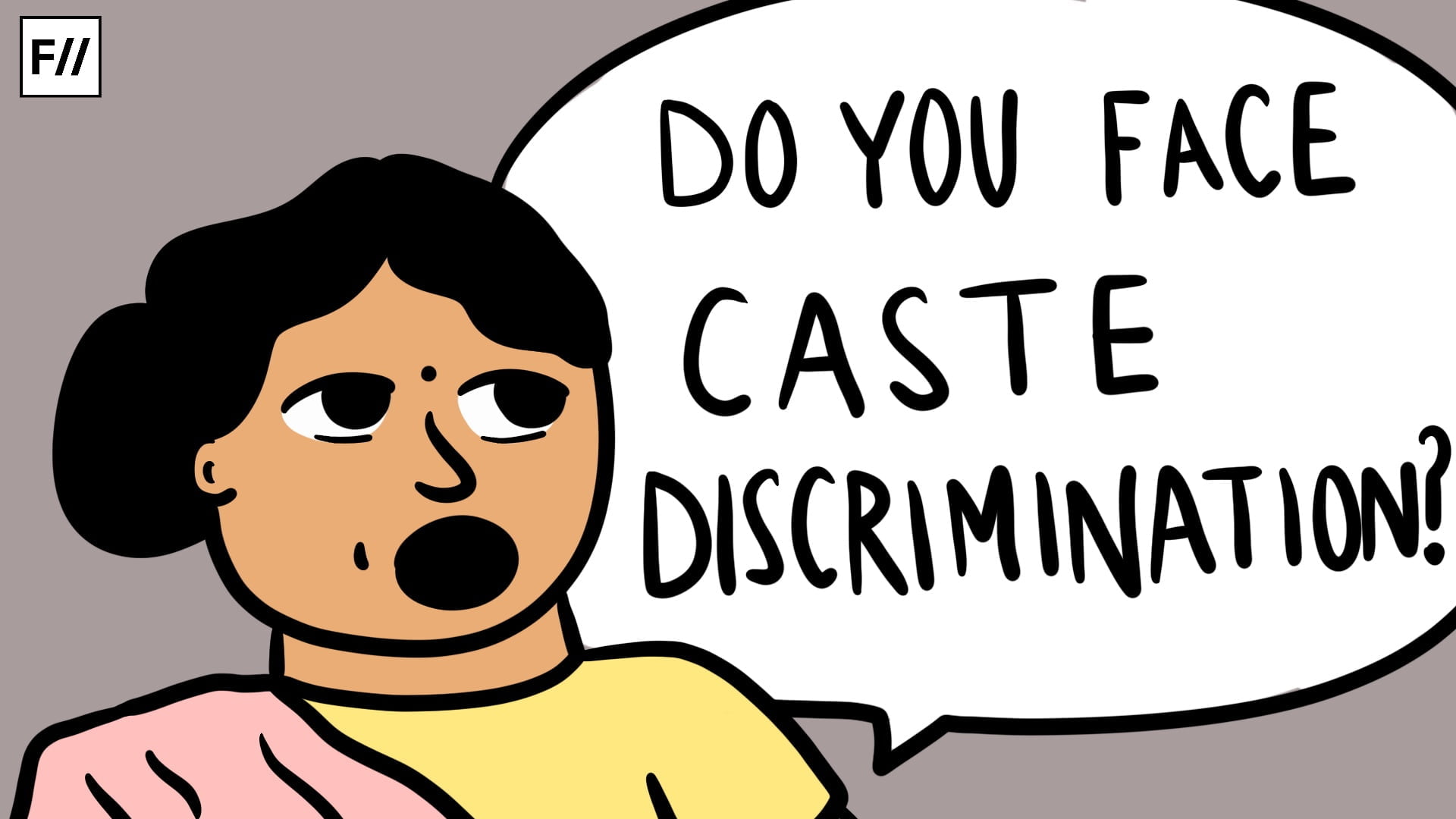
These are instances not of standalone episodic incidents, but of a repeating pattern of systemised institutional failure and everyday exclusion. Kerala’s courts and newspapers have continued to highlight the discrimination that is faced by Scheduled Castes, observing that ‘discrimination and ostracisation against Scheduled Castes have not been fully eradicated.‘
Dalit feminist movements and Ambedkarites assert that social progress is to be judged by women’s mobility. As Ambedkar himself stated, ‘I measure the progress of a community by the degree of progress which women have achieved.’ For South India to live up to its progressivist narrative, Dalit women must be centred as the crux of policy.
Interventions such as facilitation of gender sensitive policing, accelerated legal aid programmes, community mental-health services with recognition of caste trauma and independent monitoring of complaints are necessitated by the dual caste-gender crisis that impinges upon southern states and India at large, or even the most momentous gains of states will continue to exclude its most vulnerable margins.
The mental toll of invisibility
Caste violence exacts a devastating toll on the psychology of Dalit women and caste minorities, who are victimised by the distress which are both structural and individual in nature. Christina Thomas Dhanaraj, a Dalit woman from Karnataka who is the co-founder of the Dalit History Collective writes ‘By virtue of our lived experiences, Dalit women’s emotional and monetary resources are scarce, which makes the current trend of self-care seem luxurious. We need state and community-sponsored interventions that prevent and resist structural violence against us. We need mental health discourses on trauma, body image, and disability to wear a caste lens,‘ in an editorial piece titled “I’m a Dalit woman, and my mental health matters.”
For Dalit women and caste-oppressed communities in South India, the refusal of mainstream India to acknowledge their experiences compounds psychological harm.
Silence in itself, is a form of violence. For Dalit women and caste-oppressed communities in South India, the refusal of mainstream India to acknowledge their experiences compounds psychological harm. When caste trauma is not recognised in public discourse, survivors are left to internalise pain that should be collectively confronted.
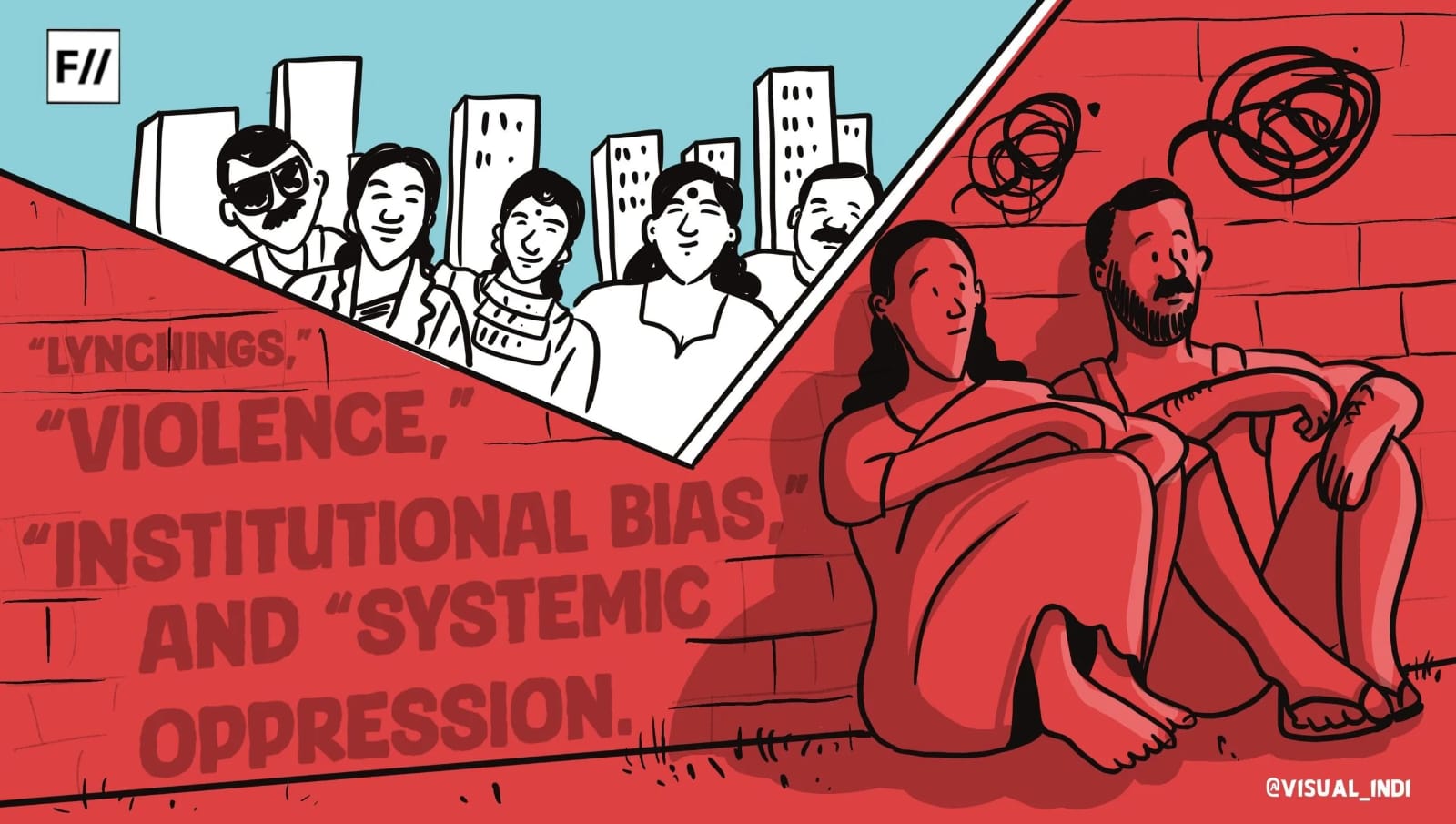
In sectors ranging from media, policy or mental-health and psychological support, the void of their representation fosters a silent alienation, where even in their suffering, individuals are forever unseen. This invisibility, more so akin to erasure, invalidates their anguish for being something illegitimate, worthy of shame, desolation and leads to a deepened sense of marginality. True justice thus starts with not merely laws and welfare but recognition: the conscious act of seeing, listening and vocalising that caste oppression exists, even as society pretends it does not.
Redistributive histories and social indicators in the South are genuine accomplishments, but they shouldn’t be used as a front.
Each instance of caste-based disparagement, abuse and discrimination in an institutional, systemic context serve as warnings that dignity can be infringed in places we take for granted. The diagnosis is sharpened when gender is treated as a stand-alone focus. Claims of regional progress will remain incomplete unless Dalit women’s safety, voice, and economic agency significantly improve. Public initiatives that acknowledge social suffering as a quantifiable harm, institutions that can be held accountable, and politics that is forthright about hierarchy are all necessary to combat casteism in the South.
About the author(s)
Mema is currently a Master's student at South Asian University (SAU). Hailing from Manipur, her lived experiences there have shaped a deep commitment to the feminist cause. She cares deeply about women and their future, which she tries to convey with her writing. She finds joy in reading, writing and cooking.
